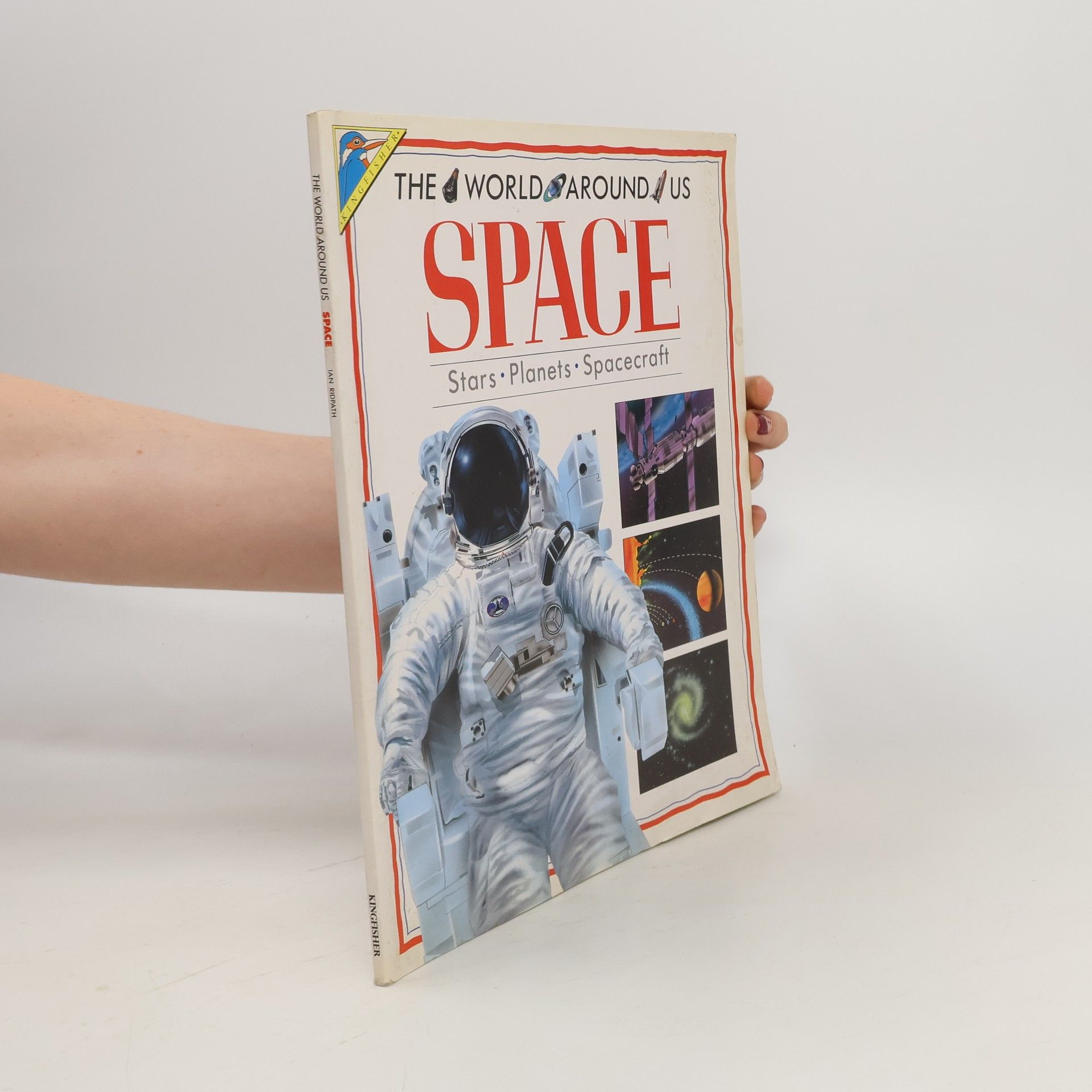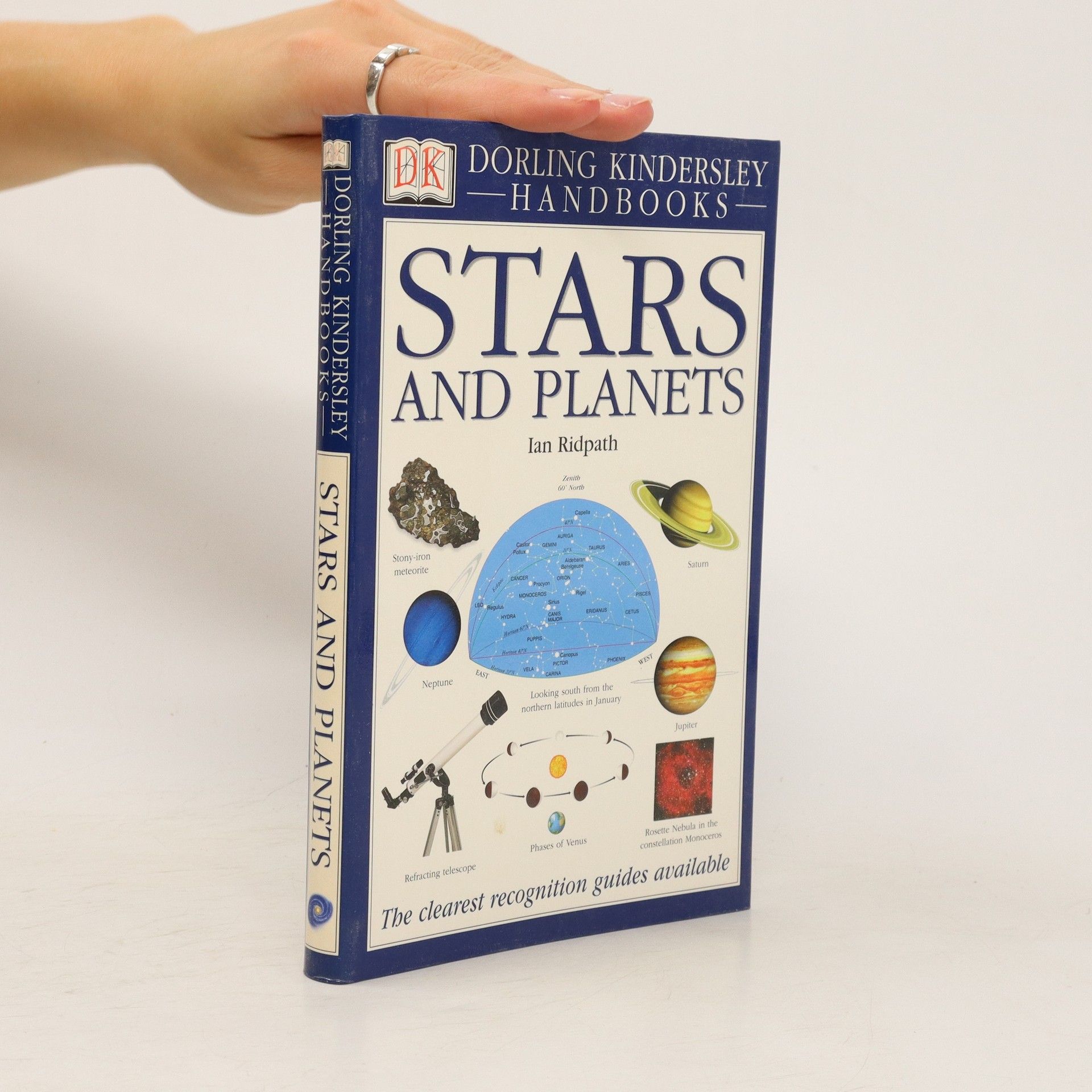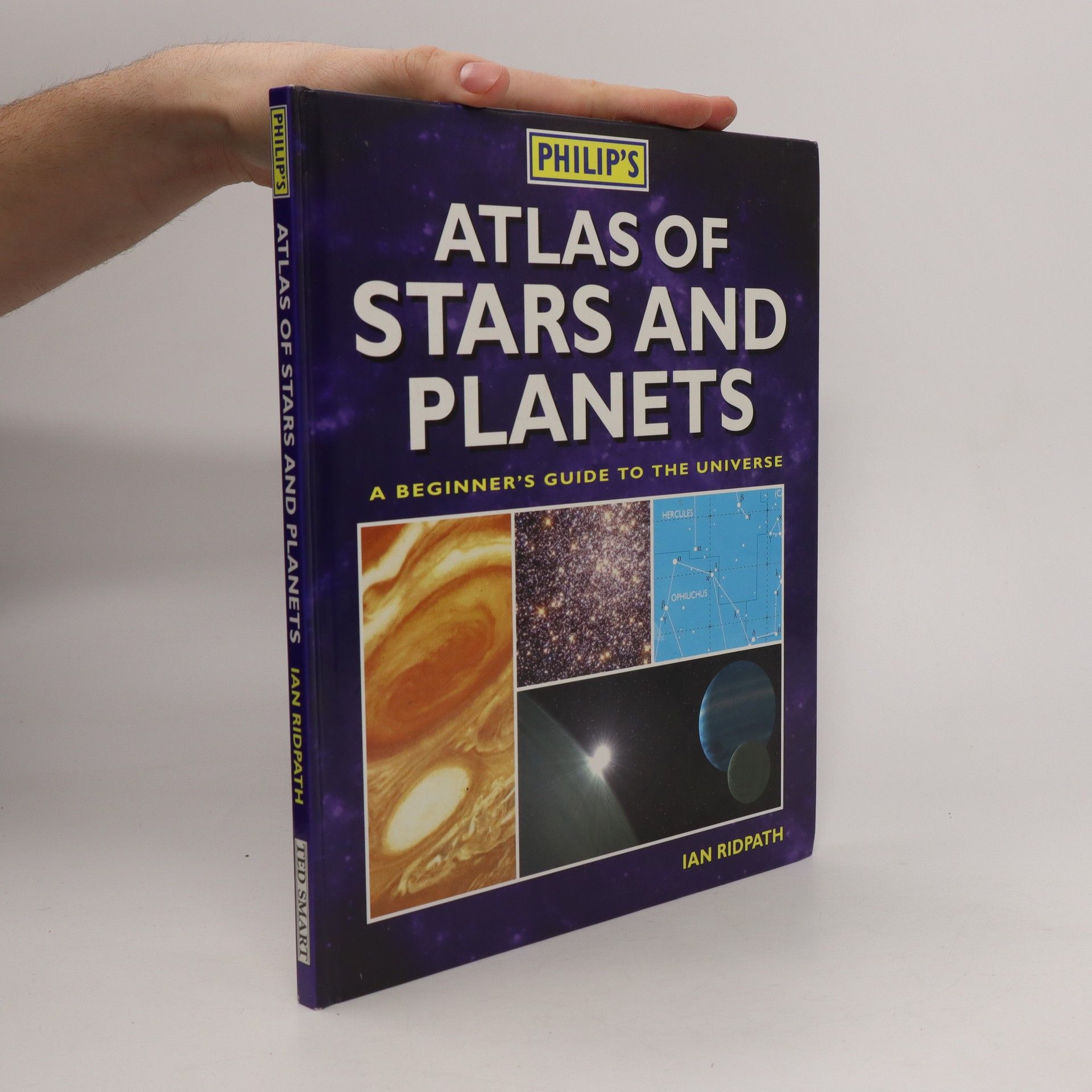La tercera edición de esta guía fundamental del firmamento nocturno ha experimentado una actualización minuciosa con cartas celestes, diagramas y fotografías totalmente renovadas. En ella se incluyen: mapas celestes del cielo nocturno observado desde todas las partes del mundo; cartas estelares de las constelaciones, con información sobre estrellas brillantes; una introducción ilustrada a las estrellas, nebulosas, galaxias y Sistema Solar; y finalmente consejos para elegir y utilizar prismáticos y telescopios.
Ian Ridpath Libros
Ian William Ridpath es un astrónomo aficionado inglés, reconocido por su extensa labor en observación, escritura, edición y difusión sobre el tema desde 1972. Más allá de sus actividades astronómicas, es conocido por su escepticismo ante los OVNIs y su interés en la astrofilatelia. En círculos astronómicos, es más apreciado como editor del Oxford Dictionary of Astronomy y por sus contribuciones al clásico Norton's Star Atlas. Su prolífica carrera incluye la autoría o edición de más de cuarenta libros de astronomía, lo que lo establece como una figura importante en el campo.






Stars and Planets
- 224 páginas
- 8 horas de lectura
Authoritative text, crystal-clear charts and photographs, and a systematic approach make the Dorling Kindersley Handbook of Stars and Planets the most comprehensive and concise pocket guide to observing the night sky. Packed with jargon-free information, this handbook is suitable both for beginners and more experienced astronomers.
Astronomy
- 300 páginas
- 11 horas de lectura
Showing you what others only tell you. Discover the history and origins of the universe and observe the stars and galaxies with over 100 star charts and profiles of all 88 constellations. Includes a month-by-month guide to highlights of the night sky. Perfect for any enthusiast this is the definitive visual guide to enjoying and appreciating astronomy.
One of a series which introduces young readers to the world around them, this book looks at the planets and stars which make up the universe. It also looks at satellites, space probes and space stations, and suggest what the future in space might be like.
Vom Urknall über die Bestimmung von Planeten bis zur neuesten Raumfahrttechnik ? ein idealer Begleiter und ein leicht zugängliches Kompendium für Einsteiger und leidenschaftliche Hobbyastronomen. Ian Ridpath, Autor, Astronomielehrer und Rundfunkmitarbeiter berichtet über die Anfänge der Astrophysik, Raumfahrt, Erforschung des Sonnensystems, den Urknall, die Entstehung von Himmelskörpern und unserer Sonnensysteme. Einzigartige Aufnahmen und fachkundige Informationen auf dem allerneuesten Forschungsstand werden dabei berücksichtigt, z. B. die Statusänderung des Pluto im August 2006.
The Concise Handbook of Astronomy
Planets, stars, galaxies, exotic objects, telescopes, observatories, exciting new discoveries
- 95 páginas
- 4 horas de lectura



